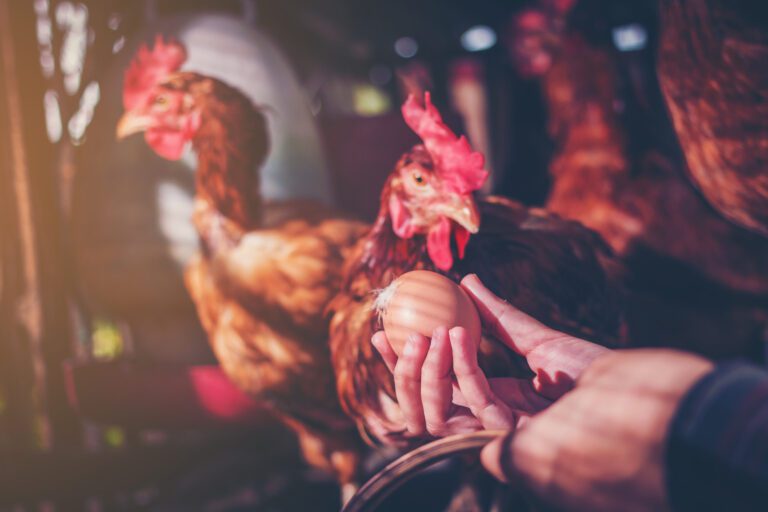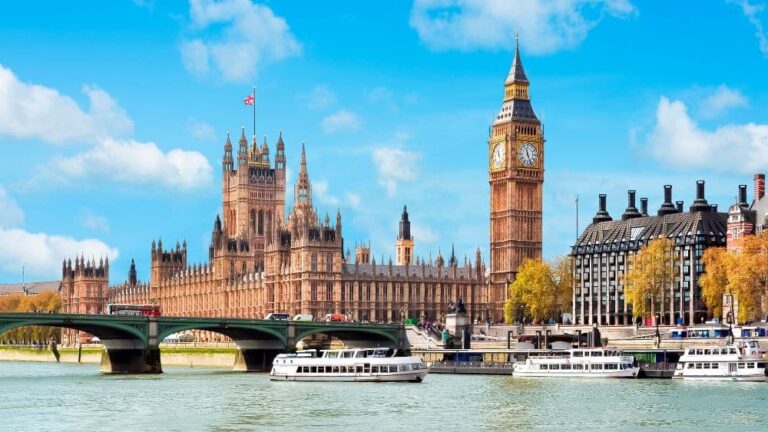
Living accommodation versus board and lodging – what is the difference?
The provision of accommodation to employees will usually result in a taxable benefit arising. The starting point is to distinguish whether the accommodation being provided is living accommodation or simply board and lodging.
HMRC’s definition of living accommodation for benefit in kind purposes says that living accommodation is something that gives the occupant the necessary facilities to live domestic life independently without reliance on others to supply basic needs. HMRC states that “in practice we would be looking for an individual to at least have the use of a refrigerator and full cooking facilities, even if such facilities are shared” for something to be living accommodation.
In line with HMRC’s view, if an employee were provided with a house or flat, this would be considered living accommodation. Similarly, other less conventional accommodations that would likely fall within the definition of living accommodation include log cabins, houseboats, and holiday villas.
By contract, if the accommodation does not provide sufficient facilities to live domestic life independently, it will not be considered living accommodation and instead is simply the provision of board and lodging. For instance, a hotel room, bed and breakfast or other non-residential accommodation would fall within board and lodgings.
There are specific rules that need to be followed to calculate the value of the living accommodation benefit, which are dependent on a number of points specific to the accommodation including;
- whether the accommodation was owned or rented
- the market value of the accommodation
- lease costs and lease premium costs
- how long the employer has owned the property.
The provision of accommodation considered to be board and lodging does not have specific rules to follow in calculating the benefit and is simply charged at the marginal cost of providing the accommodation to the employee.
In the context of the hotel industry, a hotel manager being given use of one of the hotel’s on-site lodge will be provided with living accommodation, whereas a bar supervisor being given use of a hotel room following a late night shift will be being provided with board and lodging.
The benefit value of the on-site lodge will need to follow the specific rules for living accommodation and a detailed review of the fact pattern associated with the lodge will need to be reviewed to arrive at the benefit value.
The benefit value of the provision of a night’s stay in one of the hotel rooms will be determined by calculating the marginal cost to the hotel in making the room available. This is likely to be the sum of the cost of laundering the bedsheets and cleaning the room, heat and light costs and tea and coffee available in the room. If the employee is also able to have breakfast in the hotel as well, then this should also be factored into arriving at a benefit value. If the employee does not pay or reimburse the employer at least this marginal cost, there will be a taxable benefit on the amount.
One final point to be aware of is where the employer pays or reimburses the employee for accommodation, the employee has arranged and entered a contract for personally. In this scenario, the employer is not providing accommodation to the employee, but meeting a personal debt (or pecuniary liability) of the employee. In this instance the amount will be liable to a national insurance charge through the payroll. Depending on whether the employer pays the landlord directly or reimburses the employee for the lease cost, there will either be a tax charge through the payroll or benefit in kind charge arising.
Please do not hesitate to contact your local PKF Francis Clark contact if you have any queries.










